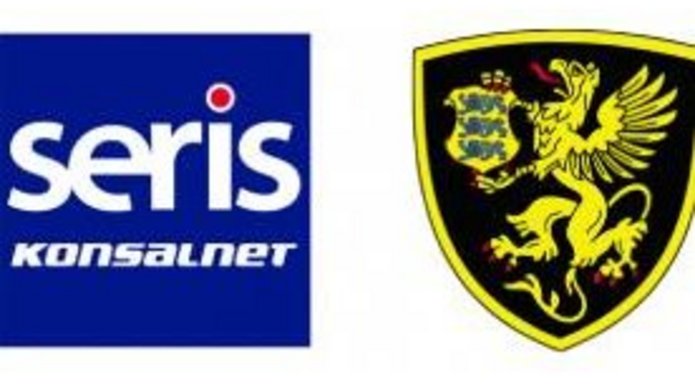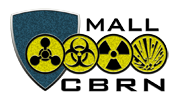

WROCLAVIA shopping centre staff participated in Mall-CBRN training
02 February 2024


ATRIUM PROMENADA shopping center in Warsaw.
17 December 2023

Preparing shopping centres for security over the Christmas period.
16 December 2023


Changing Tides of the European Security and Supply of Food
21 September 2023


Shopping centers prepare for the threat of exceptional situations.
06 September 2023

Resilience and Business Continuity during Crisis Situation
24 February 2023


Mall CBRN Project consortium meeting in Zilina, Slovakia
09 November 2022

Estonian Stakeholder Workshop in Tallinn
14 September 2022

The study of crime begins with the knowledge of oneself*
15 March 2022

Mall CBRN project “on the road!”
21 October 2021

Live Firing Show (LFS) took place in Vilnius Lithuania
20 October 2021

Cyber security challenges of shopping centers
05 August 2021

Crime scene investigation in a CBRN context
04 May 2021

New Associated Partners!
28 April 2021

MALL-CBRN brochure
04 April 2021










